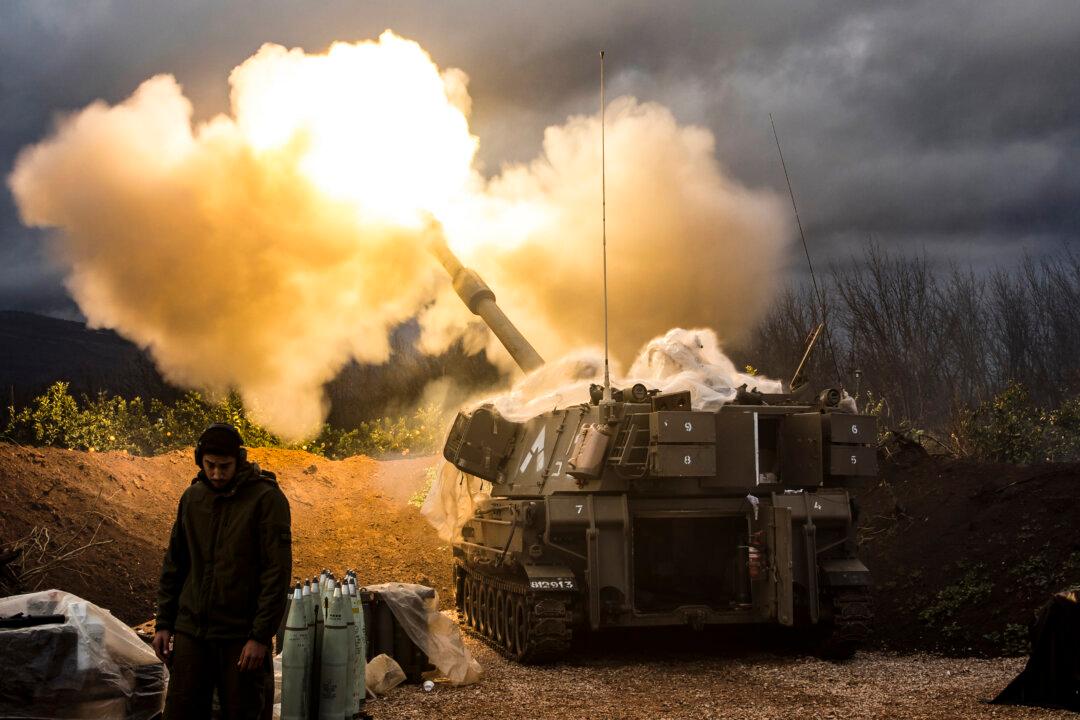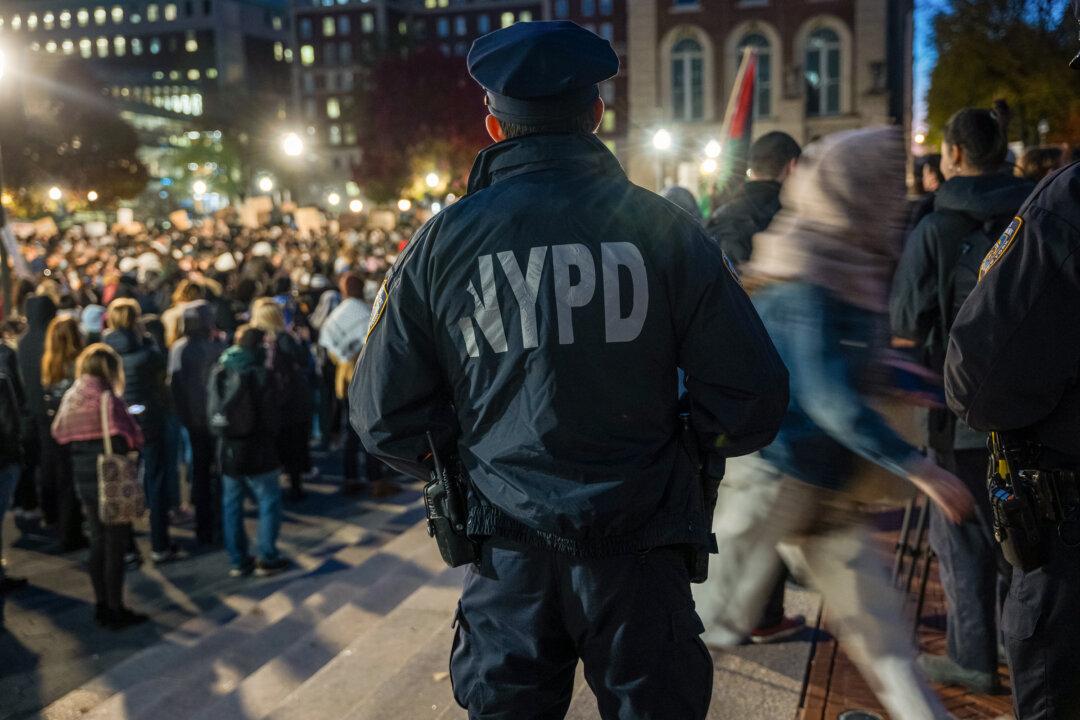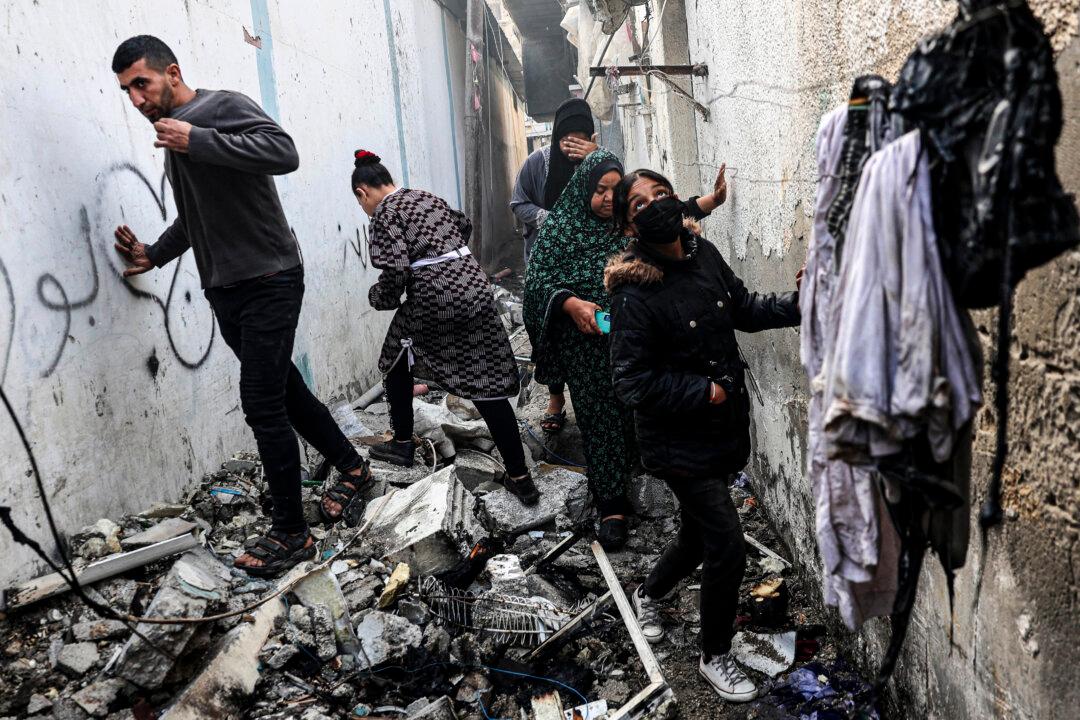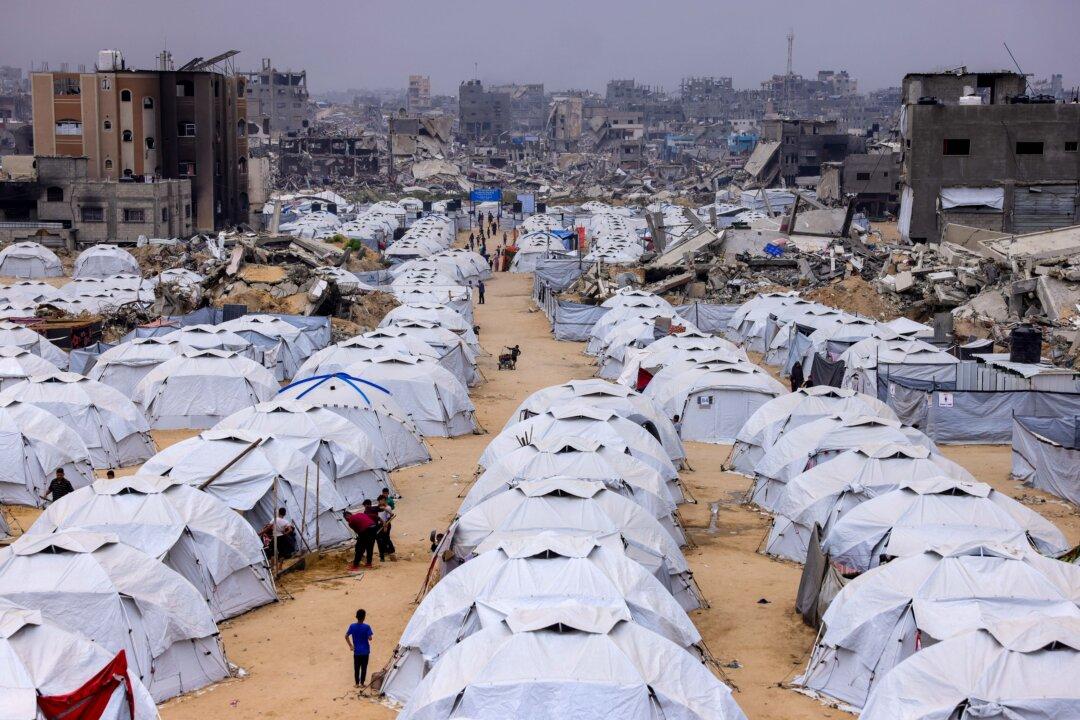KFAR VRADIM, Israel—While it battles the Hamas terrorist group and global opinion in Gaza, Israel fights another war to which no one is paying much attention.
It’s against Hezbollah, the Lebanese Shia terrorist group that has sworn to destroy Israel. Propped up by Iran, it is the most powerful force in Lebanon, stronger than the Lebanese Army, and is on Israel’s northern border.





